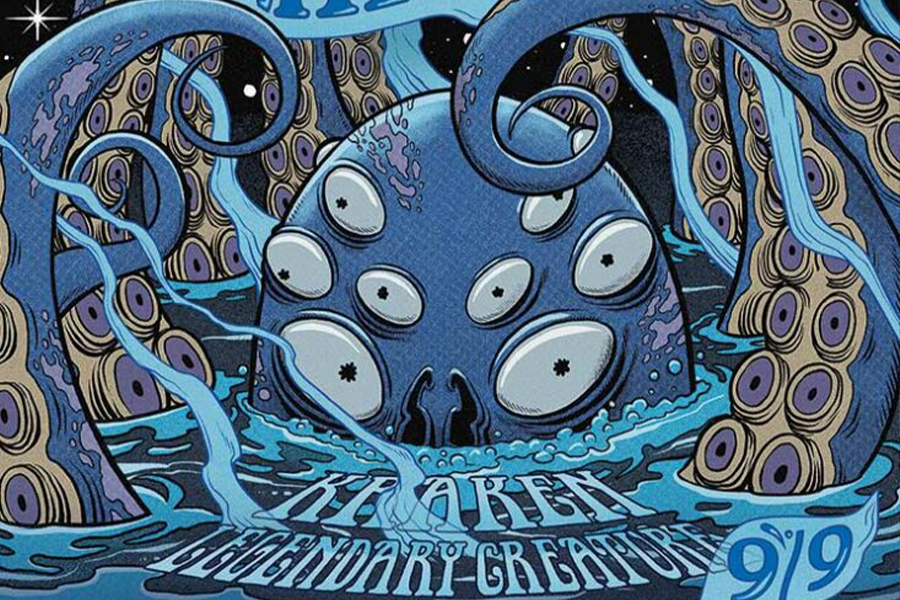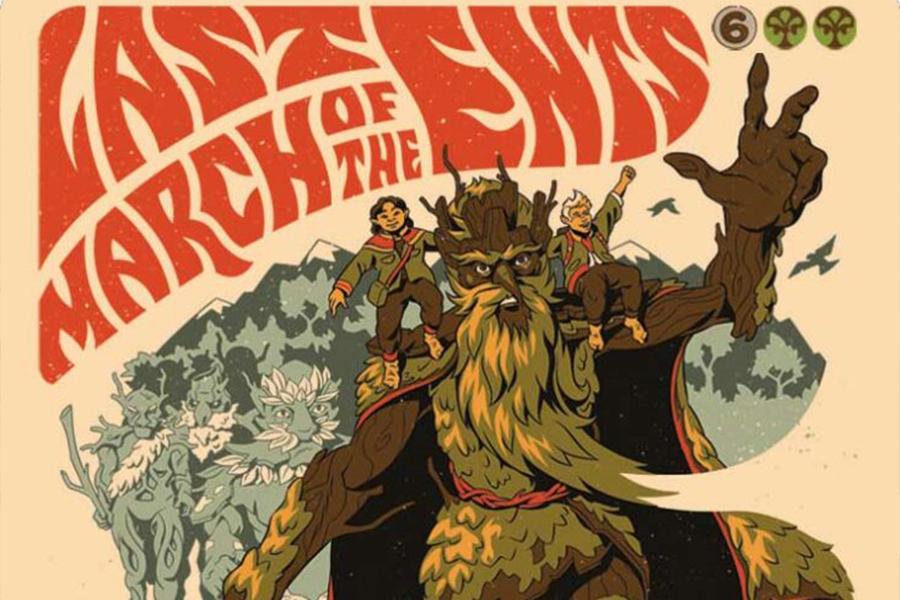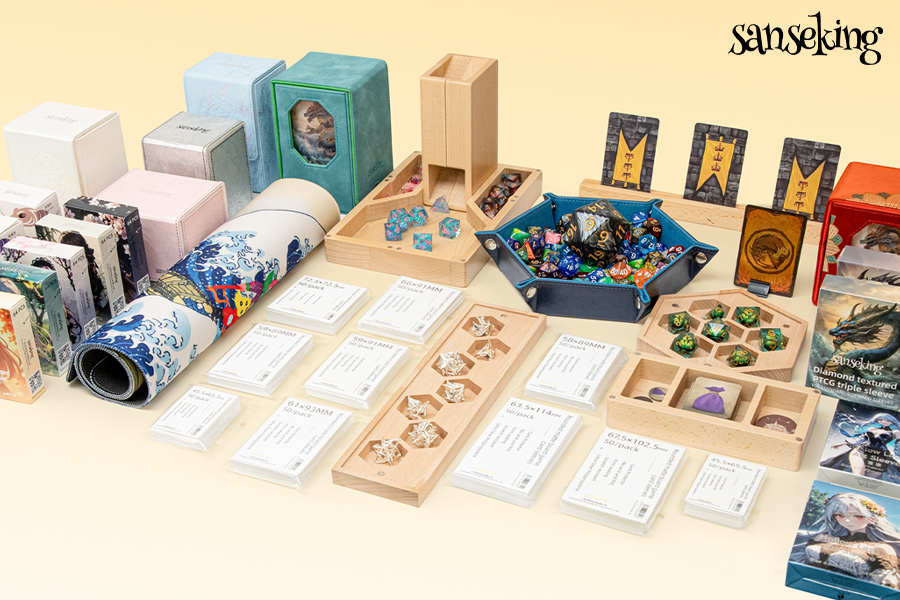

Magic: The Gathering (MTG), a revolutionary Trading Card Game (TCG), was designed by Richard Garfield in 1993 and published by Wizards of the Coast. As one of the first collectible card games globally, MTG has laid the foundation for modern card games and inspired innovations like custom card sleeve OEM services for protecting rare collections. This article provides a comprehensive beginner’s guide to MTG, covering its history, core gameplay, and major events, while highlighting essentials like MTG card sleeve options for preserving your deck’s value.

In 1993, Magic: The Gathering launched its first expansion, Alpha, marking the birth of the collectible card game (TCG) genre. The game’s success was driven not only by its innovative mechanics but also by its deep lore and world-building, crafted by Richard Garfield. The Alpha set was followed by the Beta and Unlimited expansions in 1994, which expanded the variety of cards and gameplay rules. These early sets are still highly coveted today by collectors, as they are considered the foundation of the entire Magic universe.
In 1995, MTG began its international expansion, reaching European and Asian markets, leading to a rapid increase in the global player base. As the game gained popularity worldwide, the number of local tournaments grew, and the competitive scene began to flourish. This period marked the game's transition from a niche collectible hobby to a global phenomenon.
In 2000, Magic underwent a significant rules overhaul, simplifying gameplay and enhancing balance. The rule changes were designed to make the game more accessible to new players while maintaining the strategic depth that long-time players loved. This period also saw the release of sets like Mirrodin in 2003, which focused on greater balance and diversity in card design. The addition of new card types and mechanics like artifacts enhanced the gameplay experience.
In 2009, Magic introduced the Modern format, which streamlined the card pool for competitive play by allowing players to build decks from a specific set of expansions. The Modern Format became popular for its fast-paced, high-stakes gameplay and its emphasis on strategic deck construction. This also helped to further solidify Magic’s competitive scene, making it more attractive to serious players.
MTG continued to evolve through the 2010s and into the 2020s. In 2015, the Dragons of Tarkir set brought in new mechanics and card designs, which significantly enhanced the strategic depth of the game. This set introduced delve and manifest mechanics, allowing players to dig deeper into their decks and generate powerful plays from seemingly ordinary cards. With each new expansion, Magic kept evolving, introducing innovative mechanics and themes.
In 2020, Magic: The Gathering Arena was launched as a digital platform for MTG. The platform allows players to enjoy the game in a fully digital format, bridging the gap between traditional tabletop play and online gaming. Magic: The Gathering Arena has allowed Magic to reach a broader audience, attracting younger players and those interested in playing MTG remotely. Players can participate in tournaments, join ranked matches, and experience new sets and mechanics through digital formats.
As of 2023, Magic continues to release new expansions and host numerous tournaments, both online and in-person. Events like the Magic World Championship have grown in scale, drawing top-level competitors from around the world. With the continued release of innovative sets, Magic has remained a cornerstone of the gaming community, offering something for everyone, from casual players to competitive professionals.

The primary goal in Magic: The Gathering is for each player to reduce their opponent’s life total from 20 to 0, using a combination of creatures, spells, and other magical abilities. Each player starts the game with a deck of cards, and they take turns drawing cards, playing spells, and attacking their opponent.
The game is played using a turn-based system, with each player having an opportunity to perform actions such as playing spells, summoning creatures, and engaging in combat. Each player draws a card from their deck at the start of their turn, which provides them with new options to expand their strategy. Strategic use of the cards in hand and smart timing of spells is critical to gaining an advantage over an opponent.
MTG cards fall into five main categories: Creature Cards, Sorcery Cards, Artifact Cards, Land Cards, and Enchantment Cards. Each type of card has unique functions and uses during the game, and deck construction relies heavily on understanding how these cards interact with each other.
Effective deck building and strategy are crucial to success in Magic. Here are some common tactics:

Over the years, several events have significantly impacted the evolution of MTG, shaping its rules and its competitive scene.
The first Magic World Championship was held in 1995, marking the beginning of MTG's competitive scene. The tournament is now one of the most prestigious events in the Magic community, attracting players from around the world to showcase their skills. Winning the World Championship is a huge achievement, and it has become one of the most iconic events in the gaming world.
The introduction of the Modern Format in 2001 brought major changes to the competitive scene. This format allowed players to build decks using cards from recent expansions, ensuring that the game remained fresh and accessible for new players. The Modern format also helped level the playing field by reducing the impact of older, more powerful cards from earlier sets.
The New Rules introduced in 2009 reshaped the game’s competitive landscape, simplifying and clarifying certain gameplay mechanics. These updates helped refine the balance and accessibility of Magic for both new and veteran players. The change in rules also helped enhance the strategic depth of the game, allowing for a more enjoyable experience at all skill levels.
In 2020, Magic: The Gathering Arena was launched to meet the growing demand for digital gaming. The platform allows players to enjoy the game in a fully digital format, bridging the gap between traditional tabletop play and online gaming. Magic: The Gathering Arena has allowed Magic to reach a broader audience, attracting younger players and those interested in playing MTG remotely. Players can participate in tournaments, join ranked matches, and experience new sets and mechanics through digital formats.

For beginners, purchasing a starter deck is the best way to get into the game. Many stores sell pre-built decks designed to teach the basic mechanics. If you're looking to customize your experience, MTG offers an extensive catalog of cards, ranging from inexpensive commons to powerful mythic rares.
Once you start building your collection, you’ll want to protect your cards. Card sleeves are essential for preserving the condition of your Magic cards, especially if you plan to participate in competitive play. Look for high-quality MTG card sleeves or Pokemon card sleeves to keep your collection safe. Many companies, like Sanseking, offer custom card sleeve options to showcase your personality and protect your cards in style.
If you want to take your collection a step further, consider using a magnetic card holder for your most valuable cards. These holders keep your prized cards safe from wear and tear, while also making them easier to display.
Once you're comfortable with the basics, try playing against others. You can join a local Magic community or play online via Magic: The Gathering Arena. Competitive tournaments offer exciting challenges, with rewards ranging from exclusive cards to cash prizes.

Magic: The Gathering is more than just a game; it’s a world filled with strategy, lore, and endless possibilities. Whether you’re a newcomer or a seasoned player, MTG offers a unique and engaging experience that continues to captivate players worldwide. From its humble beginnings in 1993 to its current digital platforms, Magic has remained at the forefront of card games.
By understanding the game’s history, core mechanics, and strategic elements, you can better appreciate the depth and appeal of MTG. Don’t forget to protect your cards with quality card sleeves and accessories as you immerse yourself in the exciting world of Magic: The Gathering.


Call to Action:
Explore our wide range of MTG card sleeves, custom card sleeves, and magnetic card holders at Sanseking. Protect and display your Magic collection in style! Whether you're a fan of Pokemon card sleeves or looking for the perfect art sleeve to showcase your deck, we have the perfect products for you.